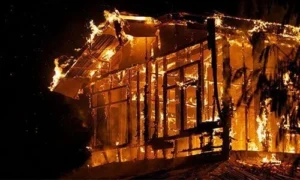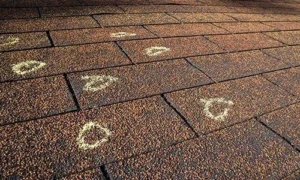Around here it can go from normal to severe weather pretty quickly. We’ve put together some tips to help you get prepared for this season.
Staying Informed
The best defense in the event of severe weather is awareness. These days, there are many options for staying abreast of developing weather situations. A few choices: https://www.weather.gov/ — here, you can access forecasts and warnings by simply typing in your zip code. Click on the Weather Safety tab to find resources from the National Weather Service. Local Alerts — Many local TV and radio stations now provide “personalized” alerts on social media.
In a storm
If you find yourself in the path of an approaching storm, be prepared to seek shelter immediately. Put on sturdy shoes and then take the appropriate action for your particular situation.
If you’re in a building
- Go to a pre-designated shelter area such as a safe room, basement, storm cellar, or the lowest level of the building. If there is no basement, go to the center of an interior room on the lowest level away from corners, windows, doors and outside walls. Put as many walls as possible between yourself and the outside. The smaller the room, the better, so that even if the walls were to fall in, they’d be braced by each other, leaving a safe space. If possible, get under a sturdy table and cover your head and neck with your arms (flying debris is the greatest danger!).
- In a high-rise building, go to a small interior room or hallway on the lowest floor possible.
If you’re in an open area or vehicle
- Immediately get into a vehicle, buckle up and drive to the nearest sturdy shelter, observing the directives listed above.
- If your vehicle is hit by flying debris while you are driving, pull over and park.
- If you can safely get noticeably lower than the level of the roadway, exit your vehicle and lie down in that low area, covering your head and neck with your hands. Otherwise, remain in your vehicle, belted in and try to get lower than the level of your car windows. Cover your head with your hands or any blanket, cushion or jacket you have available.
- Don’t try to outrun a storm in an urban or congested area. Leave your vehicle and take shelter.
- Don’t try to shelter under a highway overpass. You are much safer in a low-lying area or even in your car.
- Remember that your greatest danger is flying debris.
After the Damage
- Make sure you have good shoes on before heading anywhere. Many injuries come from simply stepping on a nail.
- Be cautious as you emerge from shelter. Be aware of possible structural, electrical or gas-leak hazards.
- If you suspect damage to your home and have access to your main shut offs for electricity, natural gas or propane service, then shut those off.
- If you need light to inspect your home or get to the shut offs, use a flashlight rather than a candle or torch whose open flames bring a risk of explosion if there is any kind of gas leak.
- If you smell gas or suspect a leak, turn off the main gas valve, open all windows and leave the house immediately. Notify the gas company, the police or fire departments, or State Fire Marshal’s office and do not turn on the lights, light matches, smoke or do anything that could cause a spark. Do not return to your house until you are told it is safe to do so.
- If necessary, begin the claims process with your insurance company. Call your agent or the 24-hour claim service number for your carrier that should be on your insurance ID card.
- Take pictures of the damage for reference. It’s always good to take photos in the event you need to submit them to a vendor or carrier.
- If your property suffered structural damage, get out as soon and as safely as possible until your home is deemed safe to enter.
- If you do have access to your property, you’ll want to limit any secondary damage such as flooding from the rain that now has access to the interior of your home. The best way to do that is to call a reputable restoration company and have them secure your property. Your insurance policy requires you to protect your structure and mitigate damages. Secondary damage is one of the highest expenses insurance companies incur. Minimize the inconvenience to you by acting quickly.






